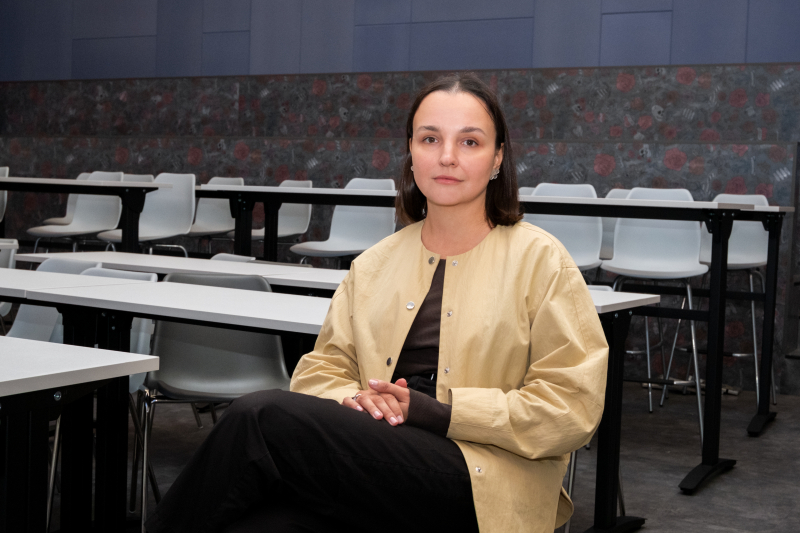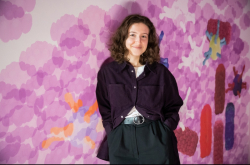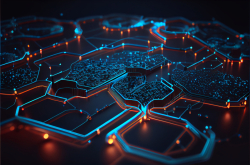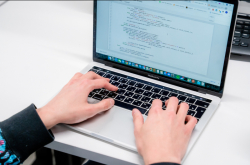You’re renowned as a curator, but what can you tell us about your experience with educational projects?
I’ve been engaged in educational and popular science programs for a long time. Among the latest key projects of mine is an educational program called HYDRA Lab, which we created together with the NADO curatorial team for the exhibition HYDRA: New Media Art in the Context of Eco-Anxiety.
I find labs where participants with different backgrounds meet and come up with new projects to be a great way of pursuing Art & Science. When I worked at the Polytechnic Museum, I helped develop the right approach for a science museum to tackle art – and it was based on the lab format. However, it’s important to remember that in order to achieve significant results, it’s not enough to simply gather scientists and artists together. You need a methodology, facilitation of the process, and science communication skills. HYDRA Lab was an attempt to apply such an approach. Its participants formed small interdisciplinary teams and developed projects regarding the local ecological agenda of St. Petersburg.
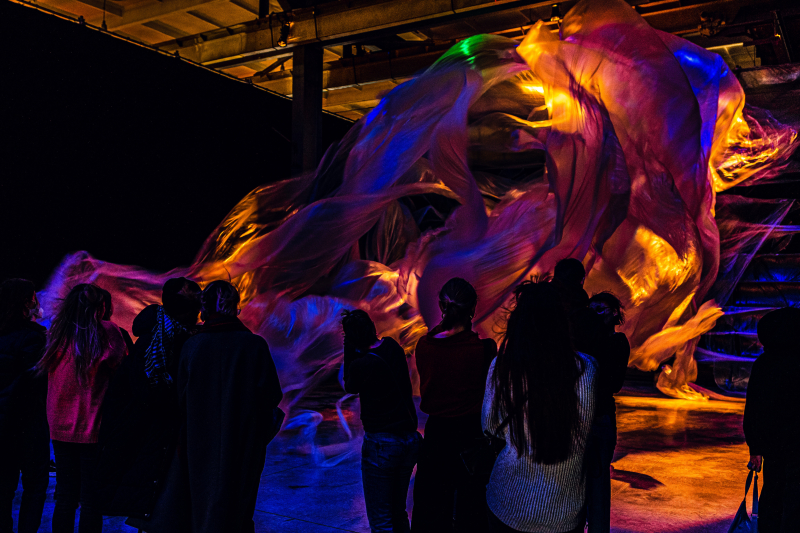
HYDRA: New Media Art in the Context of Eco-Anxiety. Credit: Dmitry Grigoryev, ITMO.NEWS.
Another important project that I’ve worked on was Creating an Immortal Library by Joe Davis, a pioneer of the BioArt scene. It was developed as part of the 5th Ural Industrial Biennial. This project was designed specifically for Ekaterinburg and continued the artist’s long-term study of ancient mineral salts, inside of which living organisms – halophilic archaea – can exist for hundreds of millions years. In the course of three days, the participants of the workshop learned to record data in the DNA of these organisms and create an almost immortal archive using salt crystals.
Did your collaboration with ITMO begin while you were working on HYDRA?
There was a presentation of the project Water Machineries by the program’s students that took place as part of HYDRA’s public program. It focused on the relationships between the city and the water reservoirs surrounding it, the cultural, social and political aspects of their interaction, as well as the engineering solutions created to suppress the elements.
We’ve cooperated with ITMO students and lecturers before and after the exhibition. As part of the recent Rosbank Future Cities festival, which I curated, we worked on the projects Be the Wind for the Tree by Natalia Fedorova and reGeneration by Maria Kuptsova and Marina Muzyka. All three are artists and teach at ITMO.
I’ve also taught a course on art management and curatorial practices in Art & Science, took part as an expert in STArt, a joint project by the Art & Science program and the Polytechnic Museum, and cooperated with Ippolit Markelov, the head of Art & Science Center’s biolab, and more.
Read also:
A Brief Guide to Hydra New Media Exhibition at Sevkabel Port
The Alchemy of Silk: Bioart Pioneer Joe Davis’s Workshop by The Polytechnic Museum and SkBioLab
Artist and Biologist Ippolit Markelov on Russian Science Art and Collaborating With Scientists
What attracted you to the position of the program’s head?
As a curator who works in Russia, I’m interested in boosting local art projects, so I took this offer as an opportunity to do just that. Plus, it helps me connect with the new generation of artists and look for possible collaborations.
How do you plan to organize the curriculum? Will you make a lot of changes?
Right now, we’re assessing the previous curriculum and looking for ways to improve it. We need to help our students step up their thesis projects and that’s why we changed the system of thesis defense. Now, the development process consists of three parts marked by defenses of the concept, the artistic solution, and the implementation plan, all so that we could intervene and help at any stage.
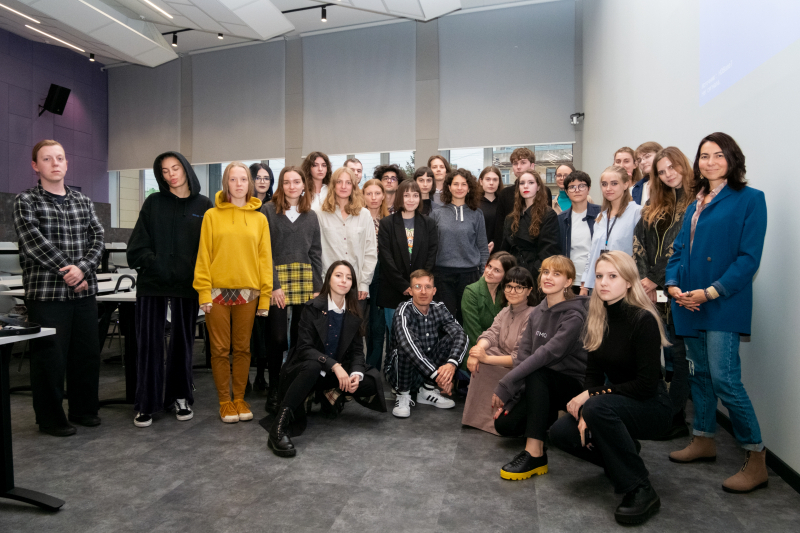
Art & Science students at ITMO. Credit: Ekaterina Shevyryova, ITMO.NEWS.
We also plan to add science communication and other useful subjects to the curriculum, as well as focus more on working with texts and exhibition design. Plus, we’re going to participate in more public projects in St. Petersburg and Moscow in the next year.
We also would like to increase the scope of what Art & Science graduates can do. It’s not only about creating art, but also organizing various scientific and technological exhibitions and museums, or working with scientific data and looking for unusual ways to represent it.
How does education benefit artists?
An education in modern art helps you understand the context of your own practices and integrate yourself into the community. Art & Science also allows you to understand the basics of scientific methods and gain access to tools and experts, without which you won’t go far in this field.
What lies ahead for Art & Science, in Russia and globally?
Art & Science will keep developing as long as science and technologies do. This field constantly reinvents itself and its methods. New media provide the most relevant ways of talking about modern society, which is fueled by technologies. Even conservative structures such as the Venice Biennale now include interesting scientific projects, such as this year’s South Korean pavilion with art works by Yunchul Kim. A muon detector – muons being the particles that occur when cosmic rays strike Earth’s atmosphere – was the centerpiece of the venue.
As for Russia, in December of last year we held a round table as part of which we talked about the rise of local Art & Science projects and the prospects of this field. Lately, many great new media projects have appeared in the city: the Art & Science Center at ITMO, the New Anthropology exposition at the Pavlov Institute, the New Now program and Recycle Group retrospective at Manege, the 404.zero installation and international exhibition HYDRA at Sevkabel Port.
Art & Science was also a part of Gamma Festival and the projects Boiling Point (Tochka Kipeniya) and Scientific Block (Nauchnyi Kvartal), as well as others. The Hermitage is also working in this field – for example, jointly with the European University at St. Petersburg, it has launched the International School of Arts and Cultural Heritage, the curriculum of which includes both humanities and natural sciences. Plus, there are lots of small-scale projects on various topics including ecology. The fusion of science and art seems to suit St. Petersburg. This was the state of things by late 2021; now, we’ll be on the lookout for new trends.
